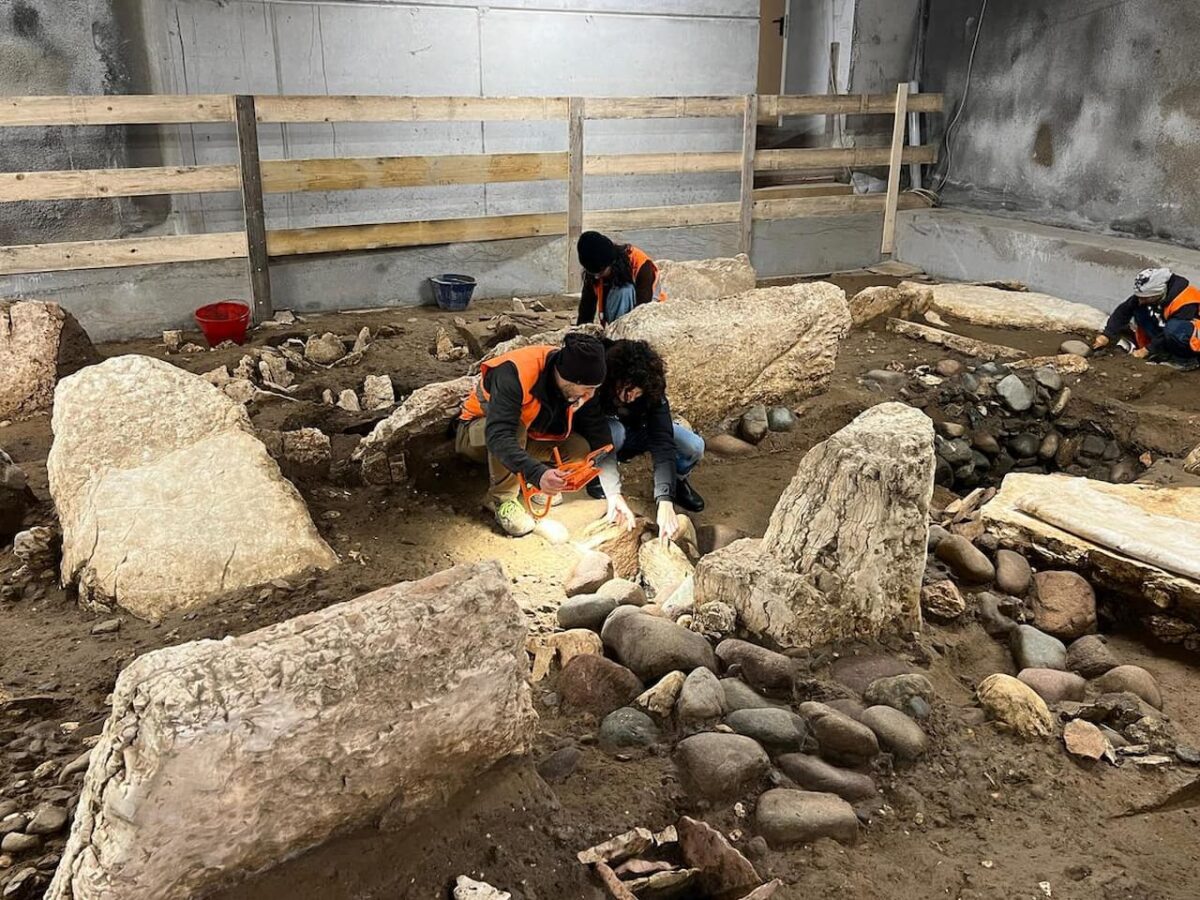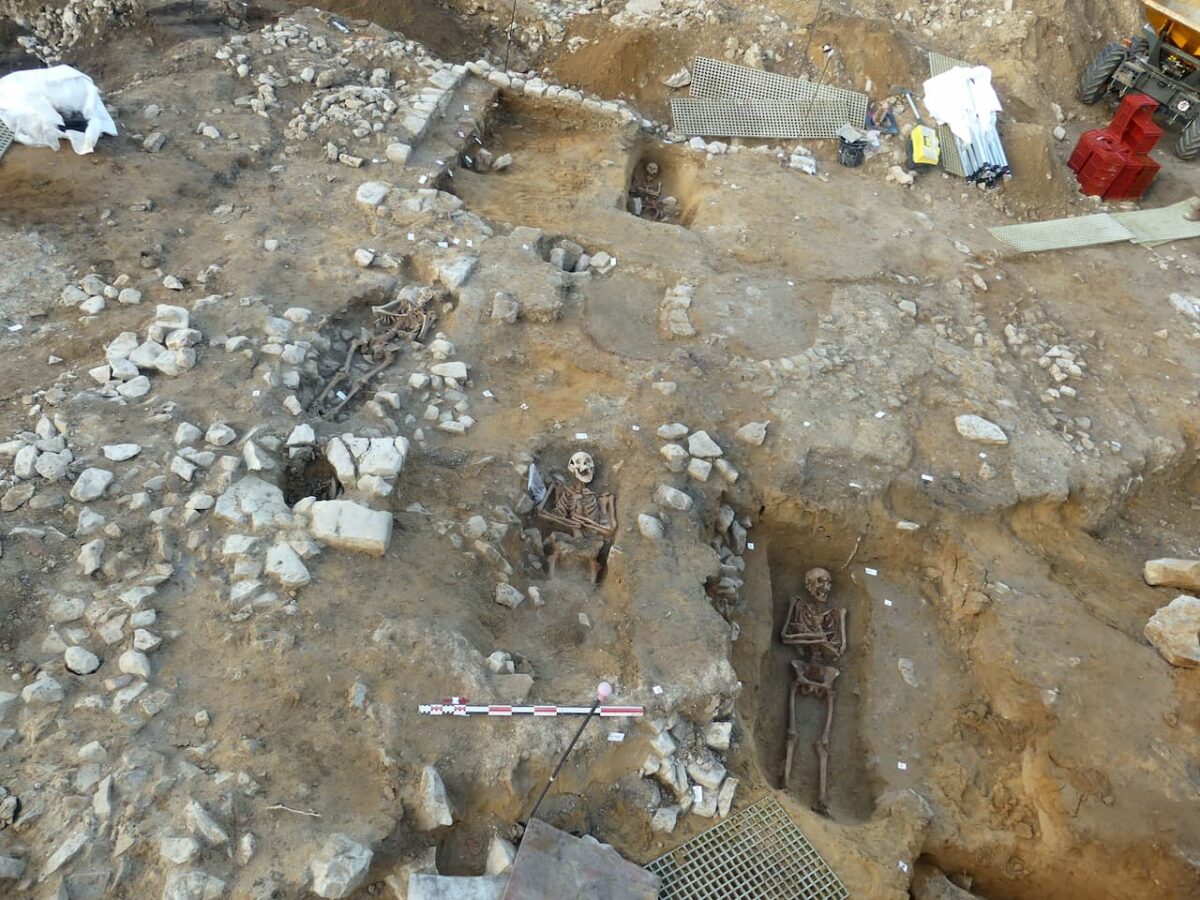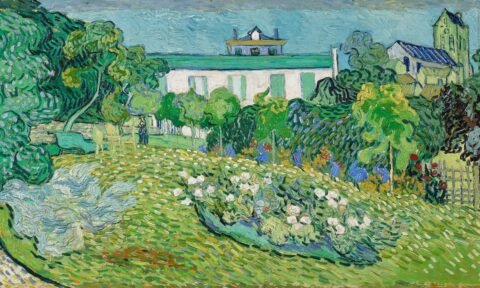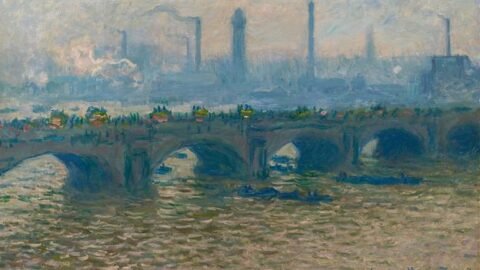In the final days of 2022, a team of experts from the Soprintendenza Archeologia, Belle Arti e Paesaggio for the province of Viterbo and Southern Etruria discovered a chamber tomb with exceptional frescoes, hidden beneath the layers of history and time, in Tarquinia, one of the most important Etruscan necropolises.
Named the “Franco Adamo” Tomb, in honor of the restorer of Etruscan funerary paintings who passed away in 2022, this burial chamber represents an invaluable testament to the art and tradition of the ancient Etruscan civilization.
The discovery occurred by chance when archaeologists were exploring cavities that had appeared in an agricultural field near the Monterozzi necropolis. Initially, they identified a series of tombs that had already been looted in the past, but one of them held a great surprise.

When part of the left wall collapsed, it revealed a lower chamber, largely filled with rubble and earth, but with painted murals that had remained hidden for centuries.
Thanks to extraordinary funding from the Ministry of Culture, excavation and restoration operations were carried out in strict confidentiality to prevent potential looting or accidental damage. The work was directed by archaeologist Daniele F. Maras, who currently leads the National Archaeological Museum of Florence.
Investigations revealed that the tomb, dated to the mid-5th century BC, had been excavated beneath an older one from the Orientalizing period, approximately a century earlier. The superimposition of structures created a complex archaeological situation, as the collapse of the upper tomb had deposited pottery and debris inside the lower chamber, complicating the stratigraphy of the site. However, the remains of red-figure ceramics found among the rubble attest to the richness of the original grave goods of the newly discovered tomb.
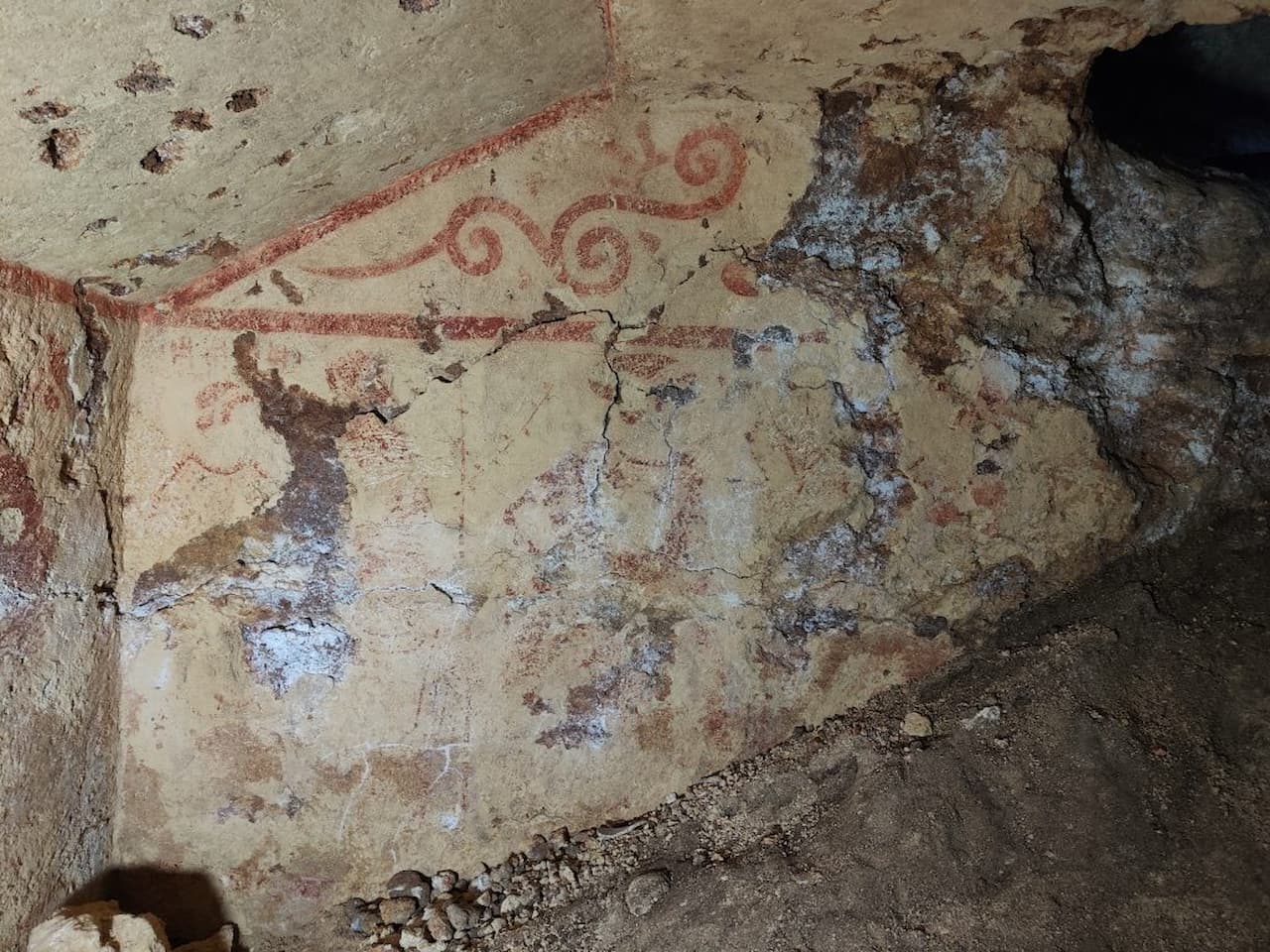
Beyond material objects, what truly makes this discovery exceptional is the state of preservation of its mural paintings. On the left wall, a vibrant scene depicts a frenzied dance, where men and women whirl around a musician playing the flute. On the back wall, the figures of a woman and two young men suggest a portrait of the deceased and their lineage.
But undoubtedly, the most intriguing representation is found on the right wall, where a scene still under study could depict a metallurgical workshop, perhaps the legendary workshop of the god Sethlans, the Etruscan equivalent of Hephaestus, or a forge belonging to the noble family for whom the tomb was intended.
The restoration work is ongoing and has made it possible to recover finely detailed features in the figures. Specialists Adele Cecchini and Mariangela Santella have managed to rescue the meticulousness with which the characters were depicted, particularly the flutist and the dancers.

Daniele Maras has emphasized the importance of the discovery, highlighting that this is the first tomb with figurative frescoes discovered in Tarquinia in several decades, opening new avenues of research into Etruscan iconography and its stylistic evolution.
In parallel with the restoration, a protective structure is being implemented to ensure the long-term preservation of the tomb. A special shelter with a thermal-cut door will maintain controlled temperature and humidity levels, preserving the original pigments and allowing the tomb to be opened to the public in the future.
Additionally, advanced multispectral imaging technologies are being applied to recover faded colors and reveal details invisible to the human eye, providing valuable information about Etruscan painting techniques.
Discover more from LBV Magazine English Edition
Subscribe to get the latest posts sent to your email.



